Death Valley National Park is alive with beauty, excitement, and history
Travel Editor Elizabeth Hansen discovers the ominously named destination is filled with more than meets the eye ...
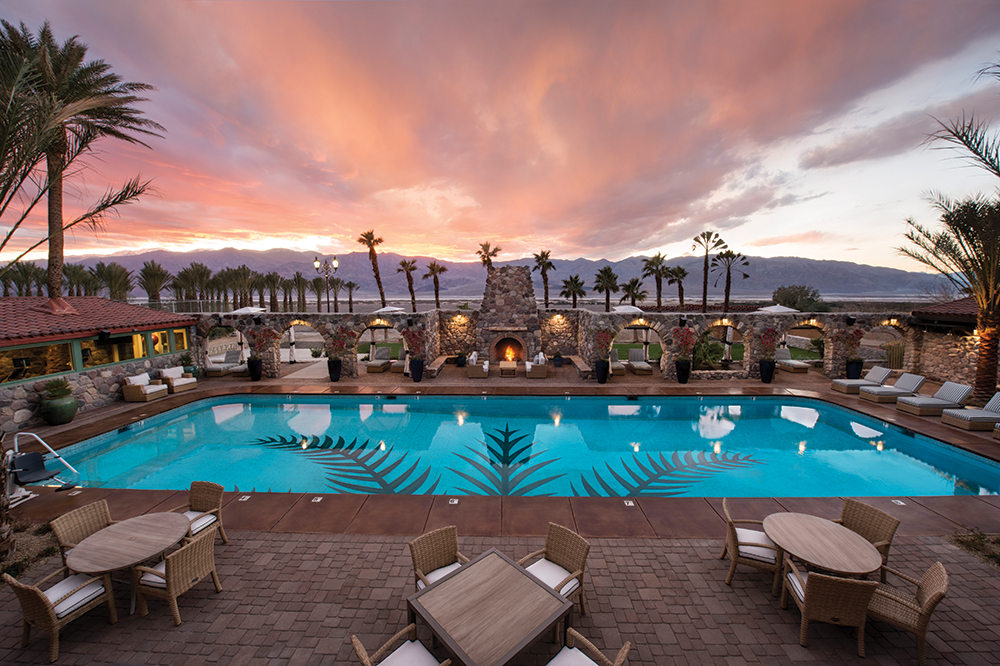
I still can’t figure out how I managed to miss Death Valley National Park. It’s huge — the largest U.S. National Park outside Alaska — and it’s right here in California. Over the years, I’ve been to the Grand Canyon, Zion, Yosemite, and others, but somehow overlooked this beauty spot that’s only six hours northeast of our front door.
The name may have something to do with my omission. “Death” isn’t particularly appealing, and then there’s the park’s reputation for extreme summer heat, which has been as high as 134 degrees.
In the 1840s a group of prospectors, looking for a shortcut to the California gold fields, became the first non-natives to cross the valley. Their experiences led to the name “Death Valley.” Later, date farms thrived in the valley, but it was the discovery of borax that drew the area’s first significant population. Borax mining continued until about 1920, and since then the region has become a popular tourist destination.
“Popular tourist destination with whom?” I wondered when I read this fact.
The answer was obvious as we waited for the sunrise at Zabriskie Point on our first morning in the park. My husband and I were among the few speaking English. Everyone else spoke either German, French, or Italian. And then the penny dropped: we’d first heard great things about the park from La Jolla friends who are originally from Switzerland.
Our Death Valley Highlights Reel
The view from Zabriskie Point was stunning. As the sun rose, it illuminated the eroded hills of the Furnace Creek Badlands, cloaking them in shades of gold with dramatic contrasting shadows. In the foreground, scrubby desert plants went from ordinary to magical when bathed in the early morning light. The Europeans were delighted and, frankly, so were we.
After breakfast, we drove a short distance to Badwater Basin. This area, at 282 feet below sea level, is the lowest elevation in North America. Here, the permanent spring-fed pool contains large amounts of chloride, sodium, and sulfate. The minerals also paint the mountains in Death Valley in colors ranging from lavender to light green to mocha. Along Artists Drive, Artists Palette geologic formation is covered in shades of blue and pink.
During our November visit, daytime temps were in the 60s and 70s, which was ideal, but we still needed to be cautious. After a spate of rain, rangers warned us to watch for flash flooding, especially when hiking in beautiful Golden Canyon. That same rain caused a power outage. Insider tip: take headlamps.
Other beauty spots: Dante’s View overlooks the Badwater area, miles of salt flats, and the Panamint Range. The Mesquite Flat Dunes are the only mounds of fluffy sand in this desert environment and a popular area for sand boarding. The Ubehebe Crater, set in Mars-like terrain in the northern part of the park, absolutely took my breath away. It’s nearly half a mile wide and 600 feet deep, and oxidizing ores give its walls a rust-colored hue.
Where to Stay
The Inn at Death Valley is a charming hotel with 66 rooms and 22 spacious casitas. Built by the Pacific Coast Borax Company in 1927, it recently reopened after a $100 million renovation. In addition to lodging, the hotel has a beautiful pool that is spring-fed with warm water year-round. There’s also a spa, sauna, fitness facilities, tennis courts, and a stargazing deck on the fourth floor. Nearby, the 18-hole Furnace Creek Golf Course is 214 feet below sea level. Family-friendly lodging is available nearby at The Ranch at Death Valley. Collectively, the area is known as The Oasis at Death Valley.

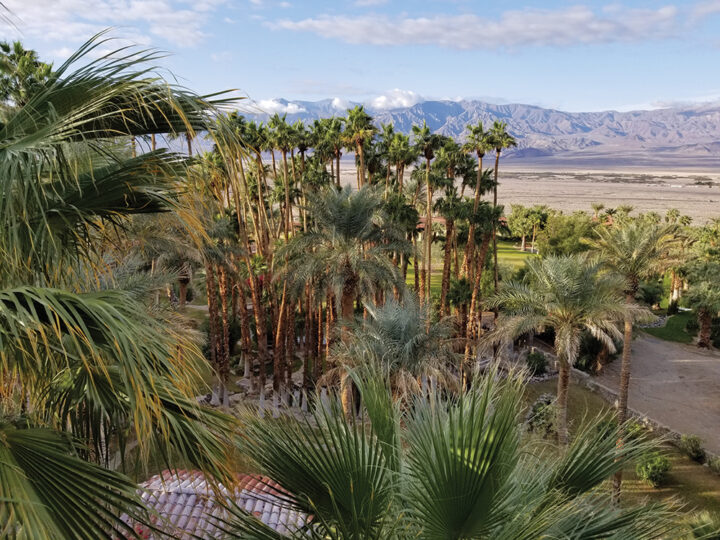
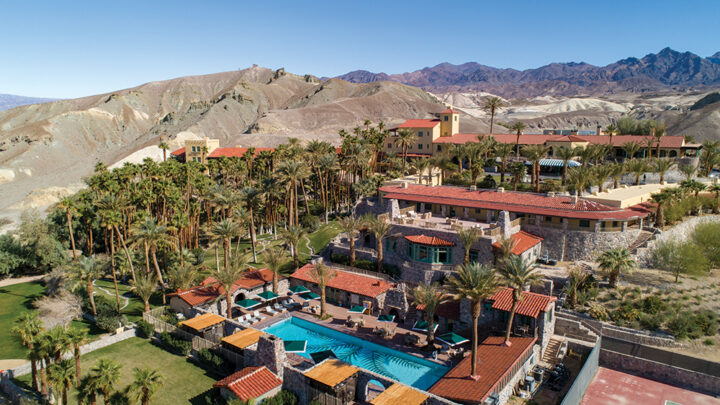
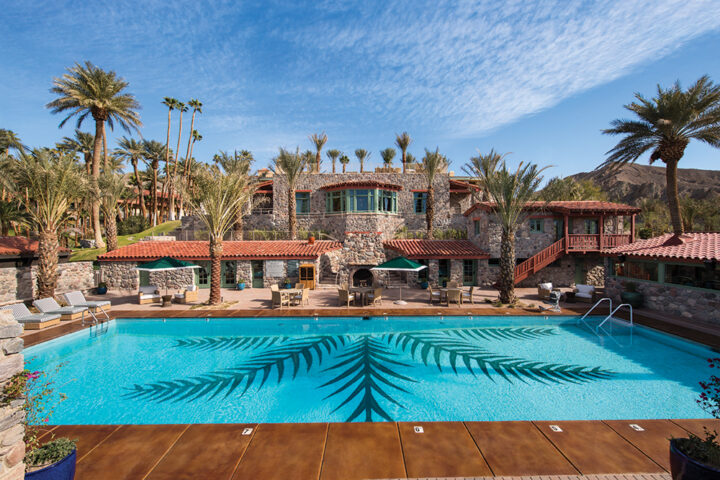
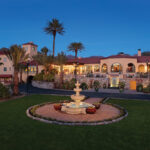
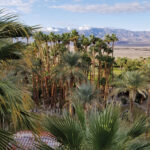
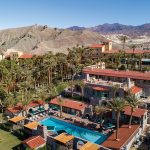
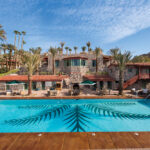
I loved that our room at The Inn had a spacious shared terrace where we could enjoy the view through palm trees and out across the desert. Meals in the dining room were surprisingly modern, given our remote location, and each was accompanied by a basket of delicious date bread. oasisatdeathvalley.com
An Opera House in the Desert?
On our way out of the park, we took the advice of our Swiss friends and stopped at Death Valley Junction to see the Amargosa Opera House. And, wow! What a surprise that was! In 1967, Marta Becket, a dancer and artist from New York, discovered this former community center when she was sidelined by a flat tire. She fell in love with the derelict structure and spent the rest of her life restoring it in the Spanish Revival style. Her charming paintings still grace the walls, and performances take place on weekends from October to May. Like the rest of Death Valley, it’s a magical place, and I can’t wait to go back. amargosaoperahouse.org









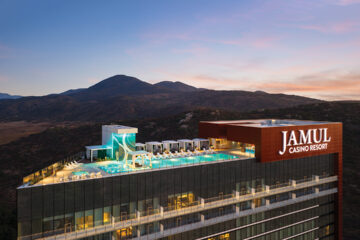

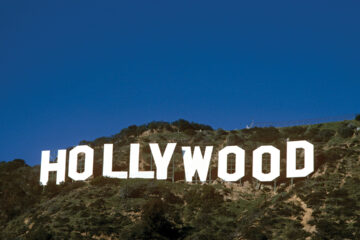

One Comment